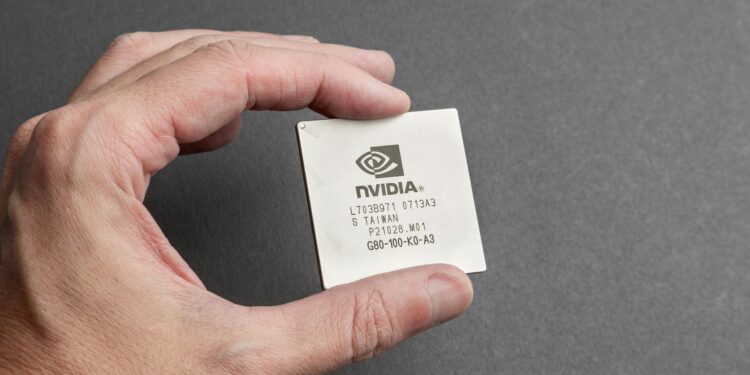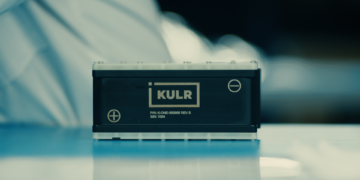Equinox, Solstice, and other next-generation systems aim to advance trillion-parameter AI models, quantum computing, and sovereign AI innovation
Nvidia (NVDA) announced Tuesday a landmark collaboration with the U.S. Department of Energy (DOE) to build seven cutting-edge AI supercomputers across the Argonne National Laboratory and the Los Alamos National Laboratory. The initiative cements Nvidia’s growing leadership in national-scale AI infrastructure and scientific computing.
The rollout’s first phase, in partnership with Oracle, will establish two new supercomputers at Argonne—Equinox and Solstice. Equinox will feature 10,000 Nvidia Blackwell GPUs, while Solstice will harness 200 megawatts of AI processing power, enabling massive-scale modeling and simulation. Both systems are designed to support trillion-parameter AI models, driving breakthroughs in physics, biology, and advanced computational science.
Additional Argonne systems, named Tara, Minerva, and Janus, will expand the lab’s AI and simulation capabilities. Meanwhile, Los Alamos National Laboratory will receive two Nvidia-powered systems—Mission and Vision—built by Hewlett Packard Enterprise (HPE). Mission will handle classified workloads for the National Nuclear Security Agency, while Vision will focus on unclassified AI applications, advancing research in energy, security, and national defense.
Beyond AI infrastructure, Nvidia is deepening its footprint in quantum computing, partnering with nine U.S. national labs through its NVQLink technology. This innovation bridges classical GPU supercomputers with quantum systems to improve quantum error correction, a critical step toward reliable quantum computation.
Nvidia also revealed plans for an AI-native 6G wireless stack, developed in collaboration with T-Mobile and Cisco, as part of its push for sovereign AI—technology built domestically to serve strategic national interests.
With global demand for sovereign AI rising, Nvidia’s partnerships with governments and enterprises worldwide are rapidly expanding. The company will share more insights into these initiatives during its Q3 earnings report on November 19, where investors will watch closely for the financial impact of this growing government-focused AI strategy.
You might like this article:Qualcomm Enters the AI Data Center Battle with Powerful New AI200 and AI250 Chips











